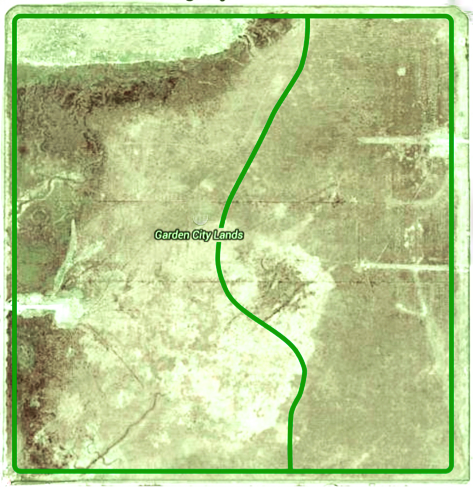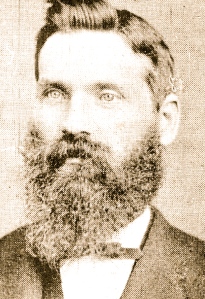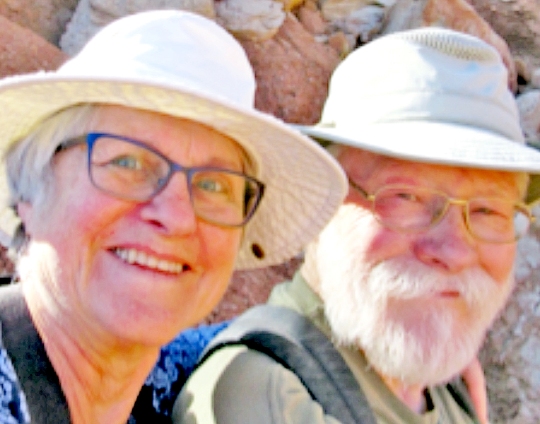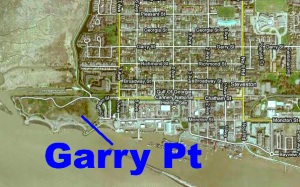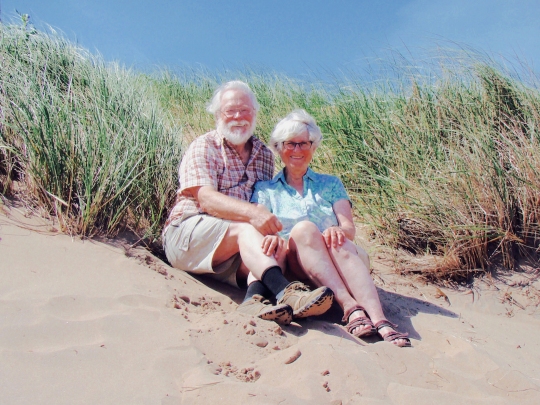Richmond, British Columbia, Canada has long been known as the Garden City. This blog aims to provide informed in-depth opinion on a range of conservation issues of interest to the Garden City community, which is centred in Richmond but extends around B.C. and the globe.
Coming and Recent Events—Farm Fest on the Garden City lands
Richmond Farm Fest, Saturday, August 11, Garden City Lands, 10 a.m. to 3 p.m. The Garden City Conservation Society, Richmond Nature Park Society and Richmond FarmWatch will all have tent booths.
Update: Leaders of Garden City Conservation and Richmond FarmWatch ranged from enthusiastic to ecstatic in their responses. For instance, they said it was “a great day” and “a successful and engaging event” and “the sort of happening the Garden City Lands Coalition envisioned when they successfully fought to save the Garden City Lands from dense development for this kind of park.”
Background for newcomers
It began when the citizens had a vision for the Garden City Lands, a 136-acre field in the city centre that had always been green through historical good fortune. By acting together and with BC’s Agricultural Land Commission process, they saved it—from dense multi-billion-dollar development—for the higher value of its Agricultural Land Reserve uses for community wellness. That is one of Richmond’s priceless legacies from the past for the present and the future 20, 50 and 100 years or more from now.
 The lands have become a city park, with a major park enhancement process under way, and the citizens aim to help steward the lands in the ALR for agricultural, ecological and open-land park uses for community wellness. That would include restoration of the sphagnum bog on much of the lands. Sphagnum moss, illustrated at right, is the keystone genus (group of species) that spent millennia leading the forming of the lands.
The lands have become a city park, with a major park enhancement process under way, and the citizens aim to help steward the lands in the ALR for agricultural, ecological and open-land park uses for community wellness. That would include restoration of the sphagnum bog on much of the lands. Sphagnum moss, illustrated at right, is the keystone genus (group of species) that spent millennia leading the forming of the lands.
Saturday,
We began as the Garden City Lands Coalition and evolved into the Garden City Conservation Society, active in various conservation issues in Richmond and beyond, with many “Friends of Garden City.”
Current and Recent Events
OS Permaculture Design workshop at the Red Barn, Terra Nova Rural Park,Richmond, BC, on Saturday, June 2, 2018 from 11:00 a.m. to 5:30 p.m. Free. To register, see the Permaculture Design event poster.
Sunday, June 10, 2018, 1:30–3:30 p.m., Annual Gathering of the Garden City Conservation Society. Details soon.
Saturday, June 16, 2018, 1–3 p.m. Annual General Meeting and Farmland Policy Presentation. At Kwantlen Polytechnic University, 8771 Lansdowne Rd, Richmond. Details here.
Subscribe to this blog or the Garden City e-News
To follow this blog, use the field near the top of the Menu (at left). When there’s a new article, you will receive an email notification that you can click.
If you support the Garden City Conservation goals, you can subscribe to the Garden City e-News. You will receive a brief emailed issue (one page) no more than an average of twice a month. It is very simple to unsubcribe. It is also simple to subscribe—here.












 A note from Sharon MacGougan:
A note from Sharon MacGougan:


 It hasn’t been altered yet. It’s now best not to build dike-road trails this year, and that’s lucky.
It hasn’t been altered yet. It’s now best not to build dike-road trails this year, and that’s lucky.


